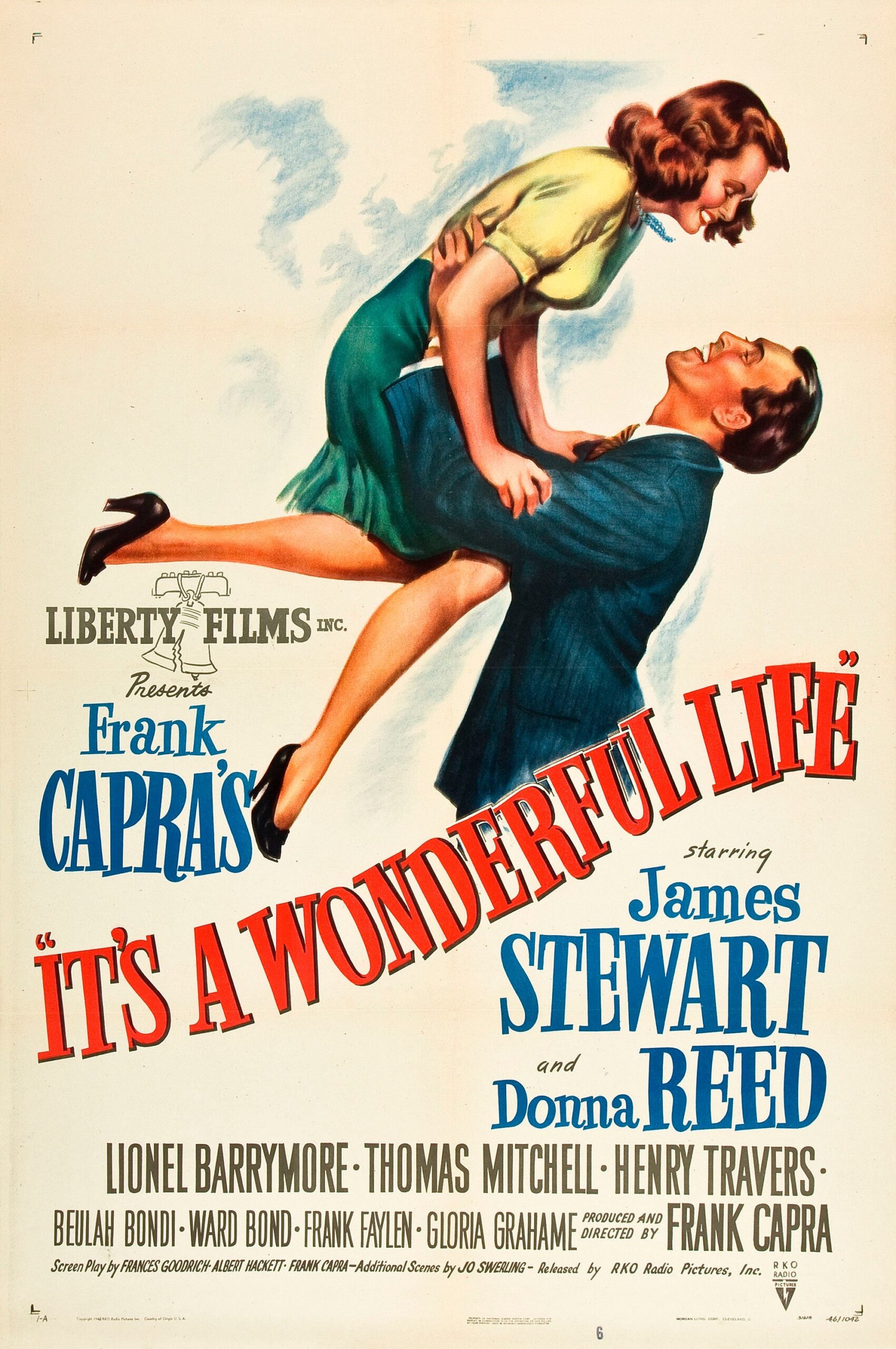Police test DNA on Rhode Island girl’s cookie, carrots for evidence of Santa Claus

On Christmas morning, Scarlett Doumato took a break from playing with her new toys, marched into the kitchen, returned with plastic bags and started collecting evidence — the half-eaten Oreo and a pair of munched-on carrots she’d left for Santa and his reindeer the night before.
Scarlett, a 10-year-old from Cumberland, R.I., could see teeth marks in both. But neither she nor her parents could prove that the person who ate the cookie was Santa or that the reindeer were the ones that chomped on the baby carrots. Scarlett decided to call for backup.
A few days later, the fourth-grader sent the evidence she’d collected to local police with a letter explaining her investigative methodology and what she was trying to find out: “Dear Cumberland Police department, I took a sample of a cookie and carrots that I left for Santa and the raindeer on christmas eve and was wondering if you could take a sample of DNA and see if Santa is real?”
“I thought that would give the best answers because it carries off his DNA,” she told The Washington Post.
Scarlett’s inquiry has since sparked a multiagency investigation that’s ongoing as detectives and forensic analysts try to determine whether St. Nick visited while she and her older brother were nestled all snug in their beds.
“Scarlett has never been one to take anyone’s word for anything. She just doesn’t,” her mother, Alyson Doumato, told The Post. “She’s going to go through her own process and make her own conclusions about pretty much everything. That’s just her personality.”
This past Christmas was not Scarlett’s first attempt to prove Santa Claus’s existence, Doumato said. A couple of years ago, she set up the camera on her dad’s phone to capture Santa’s comings and goings. While Santa did make an appearance, Scarlett suspected the footage had been doctored and remained unconvinced. “It looked photoshopped, so I got suspicious,” she said.
Scarlett decided to try again last month. Although her parents prodded her to deliver her evidence to police in person, she told her mom she was too shy. Instead, she went to the post office and mailed it.
Cumberland Police Chief Matthew Benson received the package a few days into the new year when he returned from vacation. Noticing a child’s handwriting on the outside of the package, he suspected it was a thank-you card, something he and his officers receive on occasion. Instead, he found Scarlett’s letter and two Ziploc bags. He quickly briefed his command staff on their new case.
“You could see them kind of light up with their excitement,” he said. “It was amazing.”
His detectives photographed Scarlett’s evidence and documented each item on an “Evidence Examination Request and Receipt” form before sending it to the state health department’s forensic laboratory. In his report, Benson noted that the suspect, Santa Claus, went by several aliases: Kriss Kringle, Saint Nicholas and Saint Nick.
On Jan. 18, the chief wrote Scarlett a reply, informing her that he’d “launched an investigation into the pursuit of Santa Claus’ true identity,” and, to that end, he’d sent her DNA evidence to the state’s forensic lab for analysis.
Awaiting those results, Benson told Scarlett that police had a lead in the case: A suspect had been seen lurking in her neighborhood on Christmas Eve. Witnesses described him as “a larger man with a white beard and red jacket.” Officers talked with the suspect’s legal advisers to arrange a trip to police headquarters, where he would be interviewed and fingerprinted in the coming weeks.
“He is currently out of state somewhere up north and needs some time to coordinate his travel plans back to Cumberland,” Benson wrote in his letter to Scarlett. “Apparently, he leads a very large team of workers who build toys and also maintains a small farm with about 9 animals that need constant care and attention as they are constantly playing games.”
On Monday, the forensic lab released the results of its analysis. Tests on the DNA from the Oreo got no matches in a national DNA database but analysts didn’t strike out entirely.
“Interestingly there was a partial match to a 1947 case centered around 34th street in New York City,” according to the lab’s report. And on the carrots, they found DNA “matching closely” with Rangifer tarandus — reindeer.
“While our laboratory was able to apply the most current and technologically advanced methods to solving this case, we aren’t able to definitively confirm or refute the presence of Santa at your home. We all agree that something magical may be at play.”
Benson said that his detectives’ investigation is ongoing and that he plans to invite Scarlett to the station to share their findings when it’s done.
Scarlett said that, before her investigation, she suspected her mom and dad were responsible for munching on the treats she left for Santa and company. But with the new test results, her working theory is that Santa’s real and popped in on Christmas to drop off gifts and get a snack.
Still, she was “slightly irritated” by the lab results, her mom said. She’d hoped they would be conclusive, giving her a definitive yes or no answer to the question of Santa’s existence.
Without it, Scarlett’s already crafting the next steps in her investigation. This year, she plans to collect DNA samples from her mom and dad ahead of the holiday season. She’ll compare those to a sample collected from the glass of milk she leaves for him on Christmas Eve. For good measure, she’s going to set up a camera at a different angle than the one she used years ago in the hopes that she catches him red-handed.














